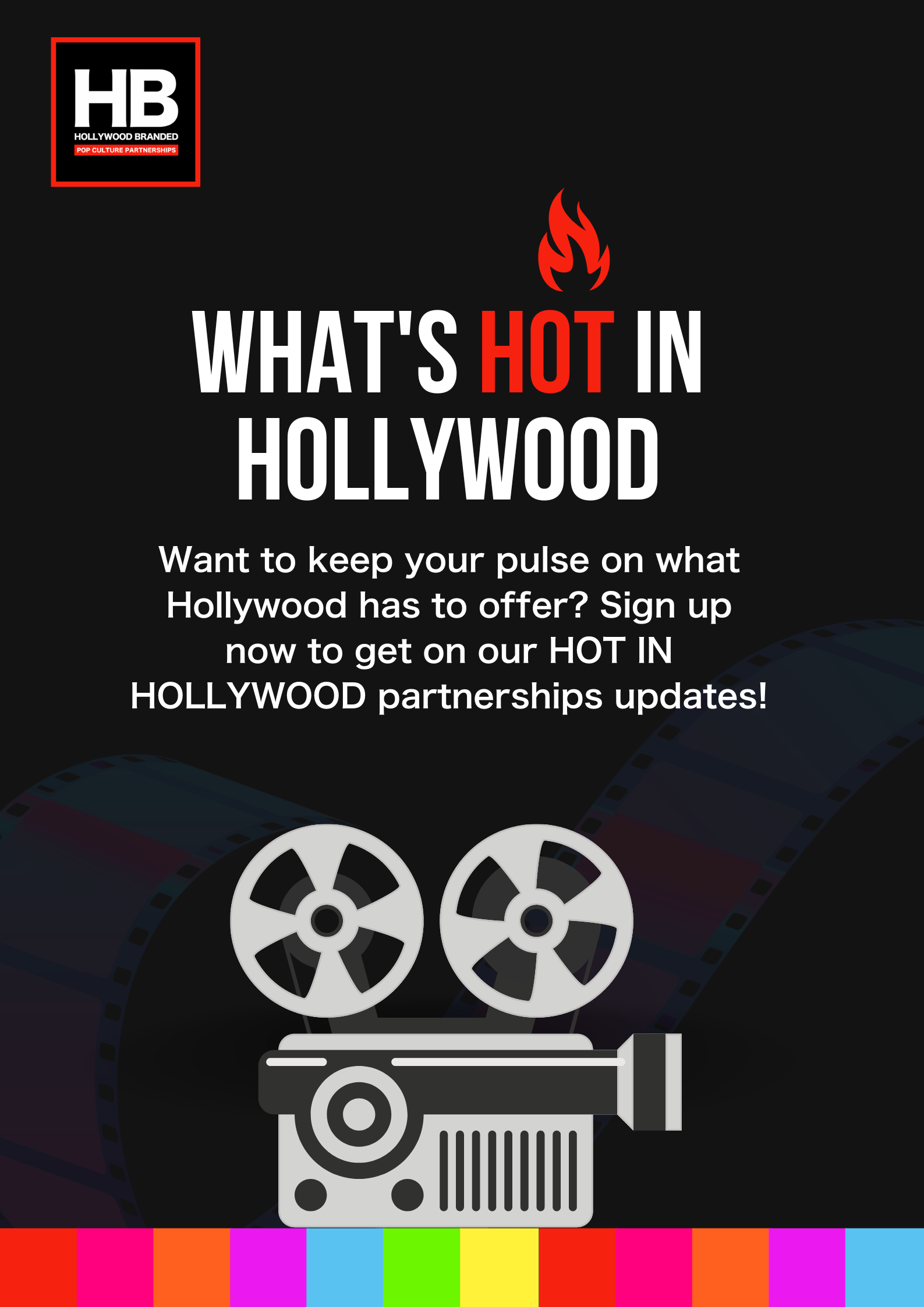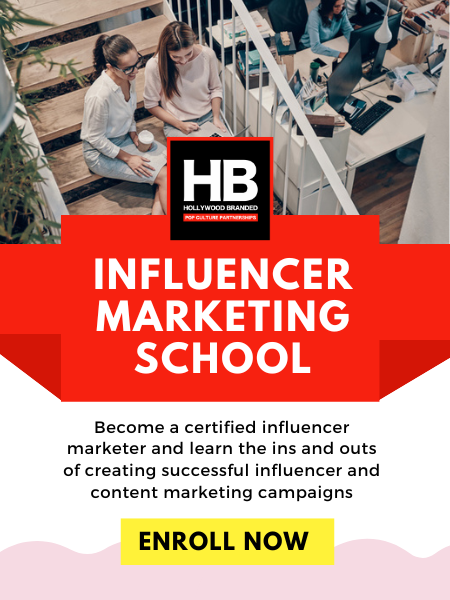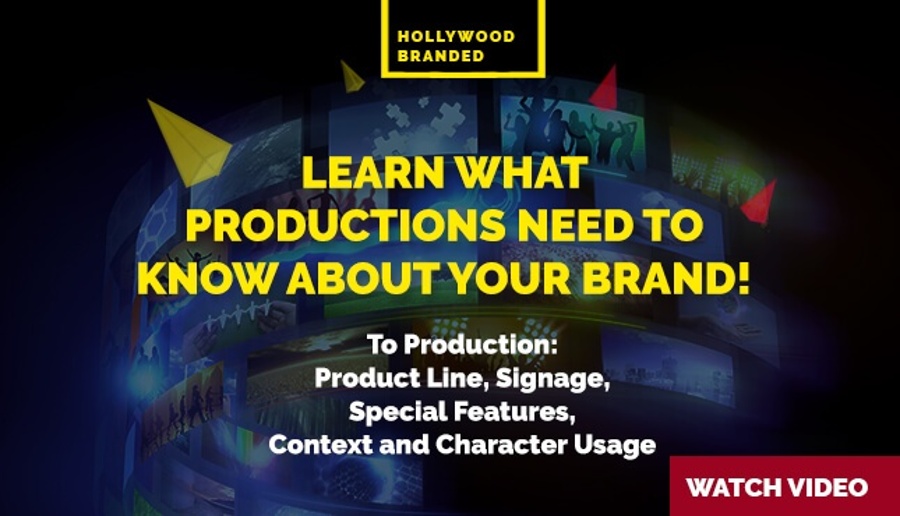Product Placement vs. Traditional Advertising: Which Delivers Better ROI?
Table Of Contents
Why Product Placement is Stealing the Spotlight
In the ever-evolving world of marketing, one question keeps rising to the top, where should brands invest to get the best return on investment (ROI)? For decades, traditional advertising, commercials, print ads, billboards, banner ads, and pre-rolls dominated the marketing landscape.
Product placement isn’t just about visibility, it’s about relevance, authenticity, and emotional resonance. In this article, Hollywood Branded discusses why product placement is stealing the spotlight and how your brand can get in on the action.
.png?width=1200&height=675&name=top%20maroon%20rectangle%20w%20white%20link%20(12).png)
The Problem with Traditional Advertising
Let’s face it - the traditional ad model is struggling.
-
Ad Avoidance is the Norm: Between DVRs, ad blockers, and premium ad-free subscriptions, people have countless ways to skip or ignore ads.
-
Banner Blindness: Consumers have trained themselves to mentally block out anything that looks like an ad. They scroll, swipe, and skip right past them.
-
Distrust of Overt Messaging: Today’s audiences, especially Millennials and Gen Z, are skeptical of in-your-face marketing. If it feels like a hard sell, it’s often dismissed.
-
Short-Term Impact: Once an ad campaign ends, so does its visibility. There's little to no long-tail value unless you keep pumping dollars into paid media.
Why Product Placement Delivers More Long-Term Value
Here’s why product placement is stealing the spotlight and delivering results that traditional ads simply can’t match:
1. Built-In Trust Through Content
People form emotional connections with their favorite shows, movies, and characters. When a brand shows up organically within that story world, like Nike in Air or Coca-Cola in Stranger Things, it doesn’t feel like an ad. It feels like part of the culture.
Research consistently shows higher brand recall and favorability when products are integrated into entertainment content.
2. Evergreen Exposure
Product placements don’t vanish after a 30-second slot. They live on through reruns, streaming platforms, YouTube clips, and fan edits, offering years of residual brand visibility without ongoing media spend.
3. Social and Viral Amplification
A smart product placement has ripple effects. Fans post about it. Influencers comment on it. Media outlets cover it. The result? Free, organic reach that builds momentum long after the episode airs or the movie debuts.
4. Non-Interruptive Experience
The biggest win? Audiences actually watch product placements. Because they’re part of the storyline, they don’t feel intrusive, unlike pre-roll ads that are skipped or muted.
5. Global Reach at No Extra Cost
When your product appears in a major film or series, it gets global exposure, often without having to pay for international ad buys.

Photo Credit: Apple
Case Studies That Prove the Point
F1 + Expensify: Expensify partnered with Formula 1 to tap into the high-speed, high-stakes world of global motorsport. By aligning with F1’s cutting-edge image and efficiency-driven environment, the brand positioned itself as the go-to solution for streamlined expense management.
Ray-Ban + Top Gun: Tom Cruise’s aviators turned into a fashion must-have. Ray-Ban saw a surge in sales, all from one slick integration that made the product synonymous with cool.
Heineken + James Bond: While some fans were surprised to see 007 swap his martini for a Heineken, the campaign’s global reach, immersive experiences, and tie-in content paid off handsomely for the brand.
Eggo + Stranger Things: A quirky character obsession turned into a real-world sales bump for an old-school breakfast item. Suddenly, Eggo was nostalgic and cool again.
How to Measure ROI from Product Placement
One of the biggest misconceptions about product placement is that it’s hard to measure. But with today’s technology and analytics tools, that’s simply no longer true. While it may look different from tracking impressions on a paid ad campaign, product placement offers multi-layered ROI across several performance metrics.
1. Brand Recall & Recognition
Post-campaign surveys and consumer research consistently show higher unaided brand recall from product placements than from traditional ads. When a brand is embedded in a storyline, viewers are more likely to remember it - and associate it with positive emotions.
2. Increased Search & Social Activity
After a strong placement, many brands see a spike in Google searches, social media mentions, and online engagement. These digital footprints are a key signal that the placement is driving consumer curiosity and interest.
3. Sales Impact
While product placement doesn’t always deliver instant sales like a direct-response ad, it contributes significantly to brand equity - and in many cases, it leads to measurable bumps in sales. Iconic placements like Eggo in Stranger Things or Ray-Bans in Top Gun are prime examples of entertainment driving real-world purchase behavior.
4. Earned Media Value
A single well-executed product placement often generates free press coverage, influencer buzz, and organic word-of-mouth. That exposure can be quantified and compared against what it would have cost through traditional paid media - giving you a clearer picture of the value.
5. Long-Term Brand Affinity
Perhaps the most valuable (and underrated) ROI metric is brand affinity. When a product is associated with beloved characters or unforgettable moments, that positive perception lingers. Over time, this boosts loyalty and influences buying decisions well beyond the initial campaign window.
 Photo Credit: Netflix
Photo Credit: Netflix
Keys to a Successful Product Placement Strategy
While product placement offers major ROI potential, not all integrations are created equal. The most successful placements are the ones that feel authentic, relevant, and natural to the storyline. Here are a few key factors that can make or break your campaign:
1. Alignment with the Right Content
Choosing the right project is crucial. Your brand should align with the tone, themes, and target audience of the content. A luxury product in a gritty indie drama might feel jarring. The same product in a high-end series like Succession would feel right at home.
2. Character Relevance
Whenever possible, connect your product to a specific character, especially one that aligns with your brand persona. When a character uses or endorses a product naturally, it becomes part of their identity. By extension, your brand becomes part of the viewer's emotional connection to them.
3. Seamless Integration
Forced placements stand out. And not in a good way. The goal is to have your product enhance the story, not distract from it. Subtlety often wins over screen time. If viewers are pulled out of the moment because of an obvious placement, it hurts both the content and the brand.
4. Strategic Amplification
Maximize the impact of your placement by pairing it with a well-timed marketing campaign. Think social media tie-ins, influencer collaborations, behind-the-scenes content, or limited edition product packaging. The most successful placements don’t stop when the credits roll. They extend the conversation.
5. Collaboration Over Control
The best results come from trusting the creators. While it’s important to protect your brand, flexibility allows writers and producers to use your product in a way that feels true to the story. That creative freedom is often what makes the placement memorable and effective.

Photo Credit: Investopedia
Eager To Learn More?
Product placement isn't just an effective marketing tactic, it creates culture-defining moments and has lasting, long-term impacts that can be seen and felt for generations after.
- Measuring the Effectiveness of Product Placement: Key Metrics and Insights
- Hollywood Branded's Blueprint for Effective Product Placement
- The Hidden Value of Product Placement
- The Psychology of Product Placement and Brand Integration
- The Power of Product Placement in B2B Marketing
Want to stay in the know with all things pop culture? Look no further than our Hot in Hollywood newsletter! Each week, we compile a list of the most talked-about moments in the entertainment industry, all for you to enjoy!







